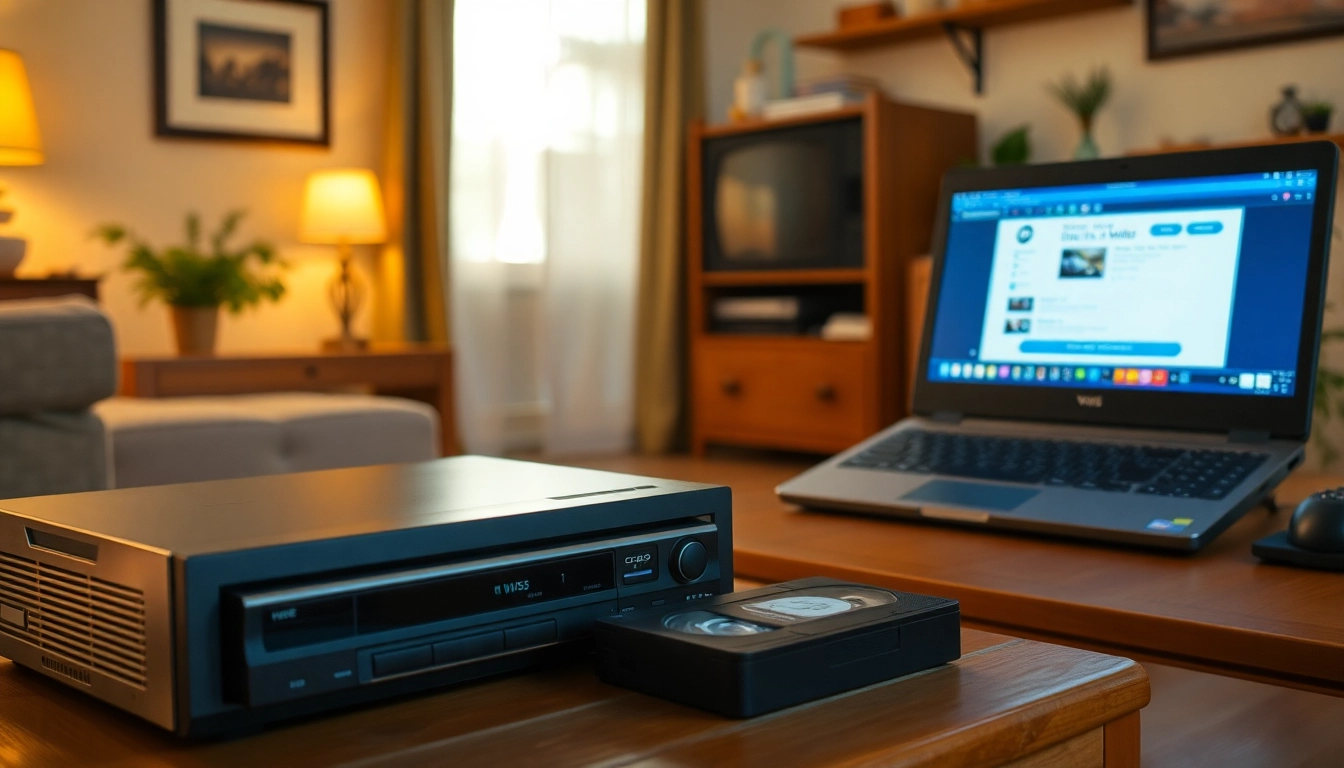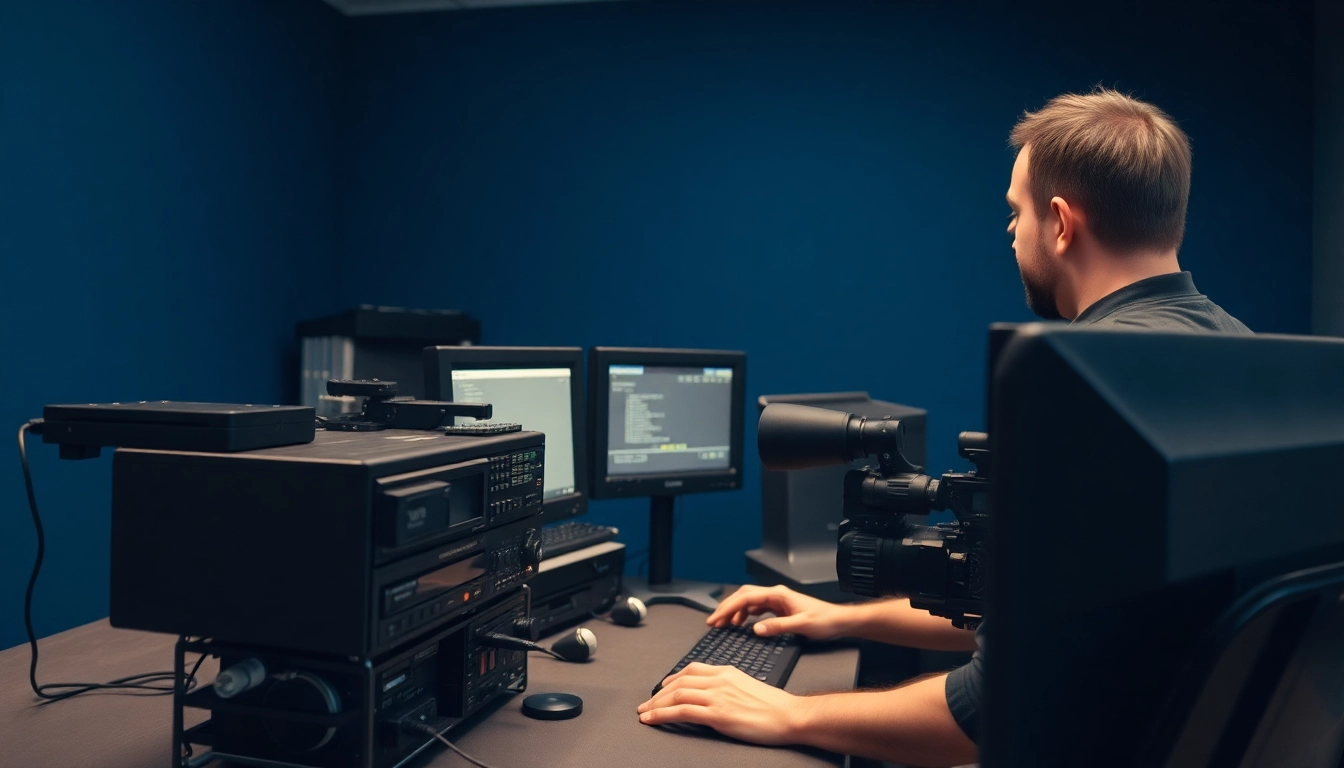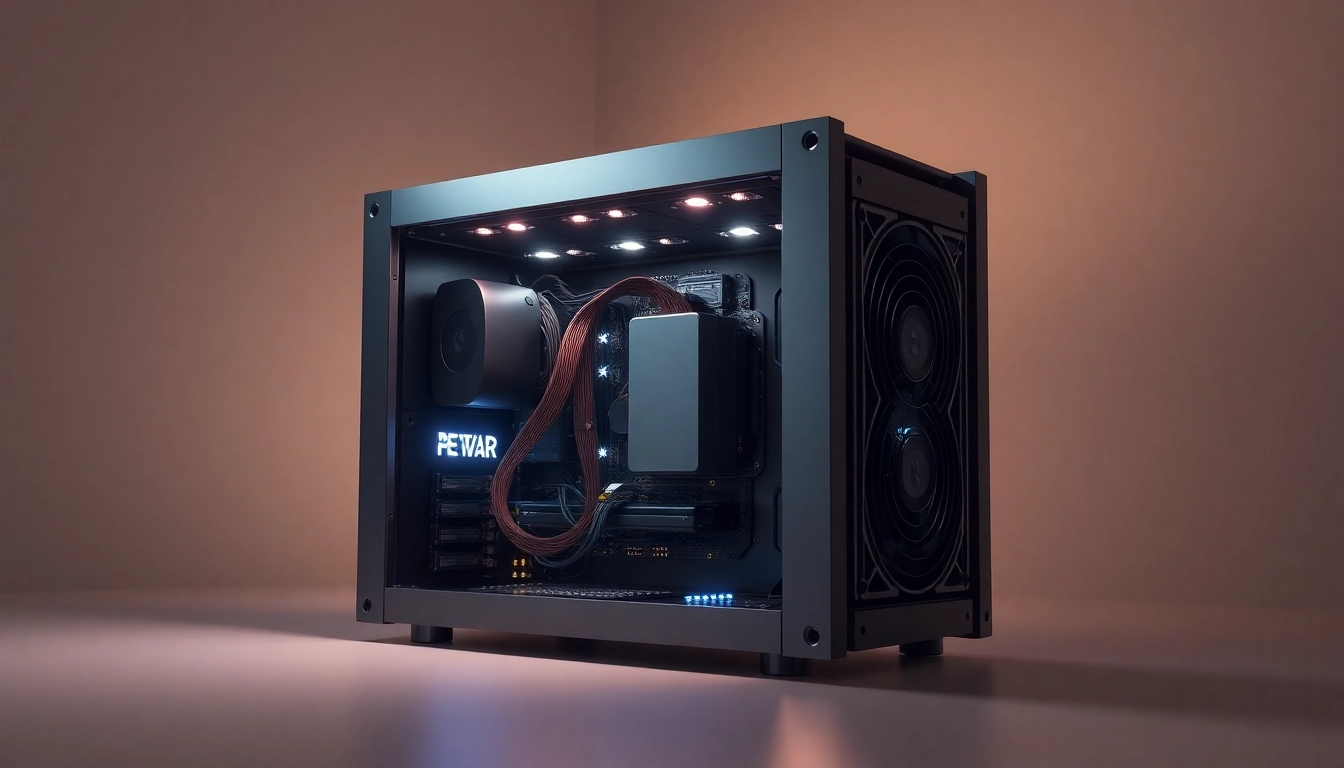Charming 1 Bedroom Apartments for Rent in Chicago: Your Perfect Urban Oasis Awaits

Understanding the Chicago Apartment Market
Chicago, known for its stunning skyline and rich cultural history, offers a vibrant urban lifestyle that attracts countless residents each year. With a variety of living options, finding the right fit can be a daunting task—especially when searching for 1 bedroom apartments for rent Chicago. This article aims to provide valuable insights into the market trends, essential features, and practical tips to ensure a successful apartment search and enjoyable living experience in the Windy City.
Current Trends in 1 Bedroom Apartments for Rent
The apartment rental market in Chicago has experienced fluctuations based on various factors, including economic conditions and demographic shifts. As of late 2023, several trends have emerged:
- Increased Demand: With the rise of remote work and urban migration, there is a higher demand for 1 bedroom apartments as individuals and couples prioritize flexibility and convenience.
- Price Stabilization: After a period of significant increases, rental prices in many neighborhoods are stabilizing, making it an opportune moment for prospective tenants.
- Amenity-Rich Offerings: Landlords are investing more in amenities such as co-working spaces, fitness centers, and rooftop gardens to attract tenants. Options that enhance community interaction have become increasingly popular.
- Short-Term Rentals vs. Long-Term Leases: The market is seeing a rise in short-term leases, catering to individuals who prefer flexibility, though long-term leases remain the choice for those seeking stability.
Key Neighborhoods to Consider in Chicago
When looking for a 1 bedroom apartment, understanding the various neighborhoods in Chicago can significantly enhance your decision-making process. Each area has its unique character and amenities:
- Lincoln Park: Known for its leafy streets, Lincoln Park boasts a mix of retail, dining, and close proximity to the lakefront. It’s an excellent area for young professionals.
- Wicker Park: Famed for its artsy vibe and creative community, Wicker Park offers a variety of restaurants and boutiques. It’s an ideal neighborhood for those who appreciate a trendy atmosphere.
- South Loop: The South Loop has gained popularity due to its growing number of new developments. It’s perfect for individuals working downtown who want a short commute.
- Bridgeport: Known for its rich history and diverse culture, Bridgeport offers larger living spaces at comparatively lower prices, making it an attractive choice for families and professionals alike.
Factors Influencing Rent Prices in Chicago
Several factors impact the rental prices in Chicago’s real estate market:
- Location: Proximity to downtown, public transit, and desirable amenities significantly affects rent prices.
- Apartment Features: Newly renovated apartments or those with upscale amenities command higher rents.
- Seasonality: The rental market can vary with the seasons, generally rising in summer when demand peaks due to student relocations and job changes, and falling in winter.
- Economic Conditions: Broader economic factors, including employment rates and local market health, also play a crucial role in price dynamics.
Features to Look for in 1 Bedroom Apartments
When searching for the perfect 1 bedroom apartment, it’s essential to understand what features will enhance your living experience. Here’s a detailed look at some of the most sought-after apartment qualities:
Amenities That Enhance Urban Living
Chicago’s diverse rental options come with a variety of amenities. Choosing the right ones can significantly enhance your living experience:
- In-Unit Laundry: Having a washer and dryer in your unit is a significant convenience that saves time and effort.
- Outdoor Spaces: Access to balconies, rooftops, or gardens can provide much-needed outdoor space in urban settings.
- Smart Home Technology: Modern apartments often feature smart locks, programmable thermostats, and integrated security systems that enhance convenience and safety.
- Community Facilities: Look for properties that offer communal areas such as lounges, game rooms, or event spaces, creating opportunities to socialize.
Space Optimization Ideas for Small Apartments
Living in a 1 bedroom apartment often means making the most of limited space. Here are some smart strategies to optimize your living area:
- Multi-Functional Furniture: Invest in furniture designed for dual purposes, such as a sofa bed or an ottoman with storage, to maximize utility without overcrowding.
- Vertical Storage: Use vertical shelves and wall-mounted solutions to keep the floor clear while adding storage capacity.
- Decluttering: Regular decluttering can make a small space feel larger. Focus on keeping only items that are useful or meaningful.
- Light Colors: Use light or neutral colors on walls and furnishings to make the apartment feel brighter and more spacious.
Quality of Life Factors in Chicago Rentals
Quality of life is crucial when choosing a rental. Here are some factors to consider that can influence your comfort in a 1 bedroom apartment:
- Neighborhood Safety: Research crime statistics and talk to current residents to gauge the safety of the neighborhood.
- Access to Amenities: Proximity to supermarkets, parks, hospitals, and public transport can significantly affect your daily life.
- Community Atmosphere: Look for neighborhoods with vibrant communities that host events and activities, fostering social interaction and involvement.
- Noise Levels: Consider the noise levels in the apartment and surrounding area. Properties located on quieter streets may offer a more serene environment.
How to Find the Best Deals on Rentals
Finding a great deal in the Chicago rental market requires strategic searching and negotiation. Here are some proven strategies to help you uncover the best offers:
Effective Online Search Strategies for Chicago Rentals
Utilize various online platforms to maximize your apartment search:
- Real Estate Websites: Use websites like Zillow, Apartments.com, and Craigslist to browse listings and apply filters that align with your needs.
- Social Media Groups: Facebook groups dedicated to housing or rentals in Chicago can be great resources for finding listings that may not be posted on traditional sites.
- Mobile Apps: Many real estate mobile applications allow you to search and set alerts based on your preferences, keeping you informed of new listings.
- Networking: Connect with friends, coworkers, and acquaintances who may know of available apartments. Personal referrals can lead to hidden gems.
Negotiating Lease Terms and Conditions
Don’t hesitate to negotiate lease terms. Here are some tips to ensure you secure favorable conditions:
- Do Your Research: Know the average rental prices in the area you’re interested in to strengthen your negotiating position.
- Be Flexible: If you can adjust your move-in date or lease duration, you may have more leverage in negotiations.
- Highlight Your Strengths as a Tenant: Presenting yourself as a responsible tenant with good credit history and stable income can encourage a landlord to negotiate more favorably.
- Request Enhancements: Consider asking for minor improvements or additional amenities, like parking or utilities included, if you can’t budge much on rent.
Using Local Resources to Find Hidden Gems
In addition to mainstream online searches, consider tapping into local resources that can lead to unique rental opportunities:
- Local Newspapers: Many landlords still advertise directly in newspapers. Explore the classifieds for listings.
- Community Bulletin Boards: Visit community centers or coffee shops where landlords may post available rental notices.
- University Housing Offices: If you’re near an educational institution, check their housing office for listings targeting students and staff.
- Word of Mouth: Engage with locals; sometimes the best rentals are known through community chatter rather than formal listings.
Moving into Your New 1 Bedroom Apartment
Once you find your ideal 1 bedroom apartment, organizing your move is crucial for a stress-free transition. Below are key steps to take:
Essential Checklist for a Smooth Move
A well-planned moving checklist for a seamless transition includes:
- Inventory Your Belongings: Keep track of what you own, so you don’t forget anything during the move.
- Change Your Address: Update addresses with the post office and notify your bank, employers, and utility providers.
- Hire Movers or Rent a Truck: Determine if you want professional help or plan to move your items yourself.
- Pack Strategically: Start packing in advance and label boxes by room to make unpacking easier.
Setting Up Utilities and Services in Chicago
Once you’ve moved in, it’s essential to set up utilities and services:
- Electricity and Gas: Contact ComEd for electricity and Peoples Gas for gas services to initiate accounts.
- Internet and Cable: Research local providers to compare packages and set up your internet service promptly.
- Water Service: Chicago Water Management provides water services, and you’ll need to register for your water account.
- Trash and Recycling: Learn about the city’s waste management services and ensure your trash pickup is scheduled.
Exploring Your New Neighborhood
Once settled into your apartment, explore your new neighborhood to fully embrace your urban lifestyle. Here are some ways to familiarize yourself:
- Walk or Bike: Take a casual stroll or bike ride to discover nearby coffee shops, parks, and local businesses.
- Engage with Community Events: Look out for local events, farmers’ markets, or art fairs to meet your neighbors and feel connected.
- Join Local Clubs and Groups: Many neighborhoods offer clubs or interest groups where you can meet like-minded residents.
- Utilize Public Transport: Familiarize yourself with public transport routes to visit other parts of the city with ease.
Living in a 1 Bedroom Apartment: Tips and Tricks
Adapting to life in a 1 bedroom apartment requires some adjustments. Here are valuable tips to thrive in your new setting:
Making the Most of Your Limited Space
Maximizing space in a small apartment can transform your living experience:
- Use Mirrors Strategically: Mirrors can create an illusion of space and light, making an apartment feel larger.
- Create Zones: Define different areas within your apartment for working, relaxing, and entertaining using furniture placement and rugs.
- Utilize Hidden Storage: Look for opportunities like under-bed storage or built-in cabinets to stow away items out of sight.
- Maintain a Minimalist Approach: Less is often more in small spaces; focus on a few high-quality pieces over clutter.
Building Community in Chicago
Creating a sense of belonging in a new city is essential for a fulfilling experience. Foster community by:
- Hosting Gatherings: Invite neighbors over for a casual gathering to bond and build relationships.
- Joining Local Organizations: Participate in community boards or local advocacy groups to connect with others and contribute positively.
- Engaging in Volunteering Opportunities: Find local charities and volunteer your time, meeting residents who share your values and interests.
- Frequenting Local Businesses: Support neighborhood cafes, shops, and restaurants to mingle and become a part of the community fabric.
Balancing Work and Leisure in Urban Environments
Living in a city like Chicago presents unique challenges in balancing work-life and leisure. Here are strategies to achieve harmony:
- Designate a Workspace: If working from home, create a specific area for work to help maintain focus while distinctly separating it from leisure spaces.
- Set Boundaries: Establish a routine that allows time for work while ensuring you set aside time for relaxation and socializing.
- Explore Cultural Venues: Take advantage of the rich cultural landscape in Chicago—museums, theaters, and concerts can provide delightful leisure activities.
- Disconnect Regularly: Make an effort to unplug from technology and spend time outdoors or with loved ones to recharge.








